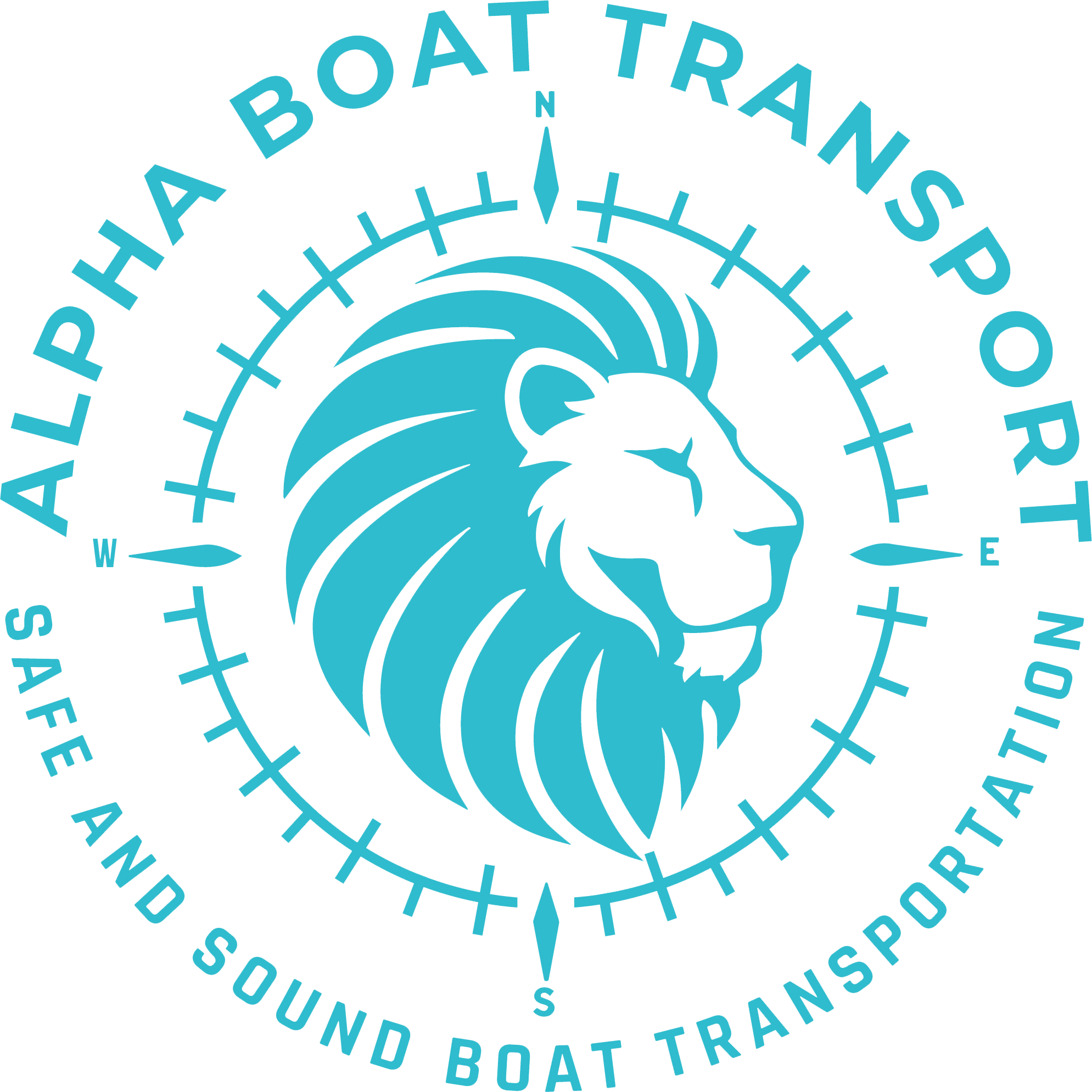North Carolina Nixes Faxed Permits! Here’s Why Boat Owners Need to Pay Attention
Picture this — you’re lining up a cross-country haul for your 12-foot beam sailboat, trailer prepped, crew locked in, and then wham—your transport grinds to a halt. Why? Because starting August 1, 2025, North Carolina’s Department of Transportation won’t accept faxed oversize load permit boat transport requests. That’s right—no more paper. No more PDFs. No more ancient fax machines humming by the marina bar.
And this ain’t just North Carolina cleaning house. This signals a bigger shift in the world of boat hauling and permit oversight. Permits are the lifeblood of overland boat transport—especially for anything wider than 8.5 feet or over 13.5 feet in height. Miss one? You’re asking for roadside trouble, fines, or a grumpy officer who doesn’t care if it’s your grandma’s tugboat on wheels. Bottom line is: boat hauling is evolving. You either update your playbook or risk getting benched.
We’re diving into what this new rule means, how it affects routes like I-95 and beyond, and how professional outfits like Alpha Boat Transport are staying three steps ahead of the red tape. And if you’re still faxing? This one’s for you.
By the way, if you want the full regulatory breakdown and real industry stats from the front lines of heavy haul logistics, check the original rough-cut from CFR Classic. They cut through the bureaucratic fog like a Jersey-strong cleaver through sea bass.
Why This Online-Only Shift Matters for Oversize Boat Transport
Let me tell you something — a 12-foot-wide powerboat on I-40 ain’t just a traffic oddity, it’s a logistical ballet. So North Carolina saying “no more faxes” isn’t about tech snobbery — it’s about streamlining compliance across their digital infrastructure. Which, by the way, is a trend you’re gonna see more of nationwide.
Starting in 2025, every permit for oversize boat transport through North Carolina must be requested through their digital system. That means if you’re still relying on printed forms or calling your cousin Vinnie at the print shop — you’re already behind the times.
Alpha Boat Transport saw this coming a while back. Their routing and permitting system is already tailored for digital submissions in all 48 contiguous states. No kiosk printing, no waiting on a fax confirmation that never arrives — and no drama when you’re hauling a 30,000-pound luxury yacht down I-95. They’ve got this down to a science.
If you’re dealing with sailboat transport, especially anything over 13.5 feet tall with mast complications layered in — trust me, digital permitting prevents far more headaches than it causes.
How Does This Impact Route Planning and Risk Management?
Now, let’s talk about routes — specifically I-95 and I-40. Anyone who’s hauled through the Carolinas knows they’re a regular part of Eastern seaboard transport. But here’s where things get tricky. If you’re too tall or too wide, you not only need permits, but also possible escort vehicles, load signage, and travel windows.
According to that deep-dive on CFR Classic, weight limits on bridges paired with weekend travel restrictions can turn what should be a five-day gig into a logistical marathon. One wrong turn near a protected wetland district or underpass that tops out at 13’ 6” and you’re cooking spaghetti with a blowtorch — messy and guaranteed to catch fire fast.
Alpha Boat Transport knows the clearance heights of every underpass from Boston to Boca. And trust me, that intel is worth its weight in gold. That’s where services like professional yacht transport brings peace of mind — proactive planning matched with regulatory foresight.
And this ain’t just about logistics. A missed permit or height flag can void your insurance coverage faster than you can say “skeg.” So yeah, get your route planning dialed in tight.
Digital Permitting: Convenience or Complication?
Now let me be clear — digital systems aren’t always user-friendly. I mean, who designed some of these DOT websites? My Nonna in Sicily could’ve done better with chalk and a napkin. But compared to losing hours at a fax machine, it’s progress.
Here’s the kicker — once you’ve got your info saved, renewals and multi-leg permits become way easier. Systems remember your boat specs, vehicle VINs, escort statuses — it’s like setting up digital breadcrumbs your future self will thank you for.
Some companies still operate like it’s 1999. They’re scrambling to transition. Alpha Boat’s already there. With in-house routing software and a dedicated permit processing team, they’re submitting through official portals by the time your coffee brews. (Side note: I drink three Americanos before lunch and still don’t move that fast.)
Oh, and for complex operations like catamaran transport? Digital helps track which hull widths qualify for pilot vehicle exemptions. That’s insight you won’t get piecing it together on Reddit threads.
The Hidden Benefits of a Paperless Oversize Permit System
So here’s what no one tells you: these digital systems reduce variance. Which means fewer processing errors, lower rejection rates, and more consistency across multi-state hauls.
Say you’re headed from Texas to the Outer Banks. You’ve got six states to swing through, each with its own sheriff, its own form, and its own version of “we’ll get back to you.” Coordination becomes smoother when you’re not juggling paper in one state and email chains in another.
One Alpha Boat Transport client shared how their entire long-distance transport permit trail got blocked because a single state misread a hand-written faxed VIN by one character. That’s a $10,000 delay over the letter “J.” They switched to Alpha, and now everything’s automated and double-verified before submission.
So yeah — this rule change in North Carolina? It’s not a headache. It’s a chance to ditch systems that haven’t worked since George Bush Senior was president.
Frequently Asked Questions
What qualifies as an oversize load permit for boat transport?
Any boat exceeding 8.5 feet wide or 13.5 feet tall usually requires an oversize load permit for boat transport. This includes large center consoles, catamarans, sailboats with rigs, and yachts with upper structures intact.
When does North Carolina stop accepting faxed oversize permits?
North Carolina DOT officially stops accepting faxed oversize permits starting August 1, 2025. All applications must be submitted via their online portal going forward.
How do I prepare for digital boat transport permits?
Ensure you have a digital profile preloaded with your boat specs, routing info, and trailer measurements. Professional services like Alpha’s prep checklist can help streamline this before permit submission.
What are the risks if I don’t get the right oversize permits?
Failure to obtain correct oversize load permits can lead to fines, roadside detainment, insurance nullification, and potential mechanical damage due to detours or impounds.
Do I need an escort vehicle for boat transport in every state?
No. Escort vehicle requirements vary by state based on boat width and route specifics. For example, anything over 12 feet wide may require one in Georgia but not in South Carolina. Experienced haulers navigate this daily.
How does Alpha Boat Transport handle complicated multi-state hauls?
They use specialized software to stack permit approvals in logical sequence while accounting for route restrictions, height limits, and curfew windows — especially helpful on East Coast multi-leg routes.

